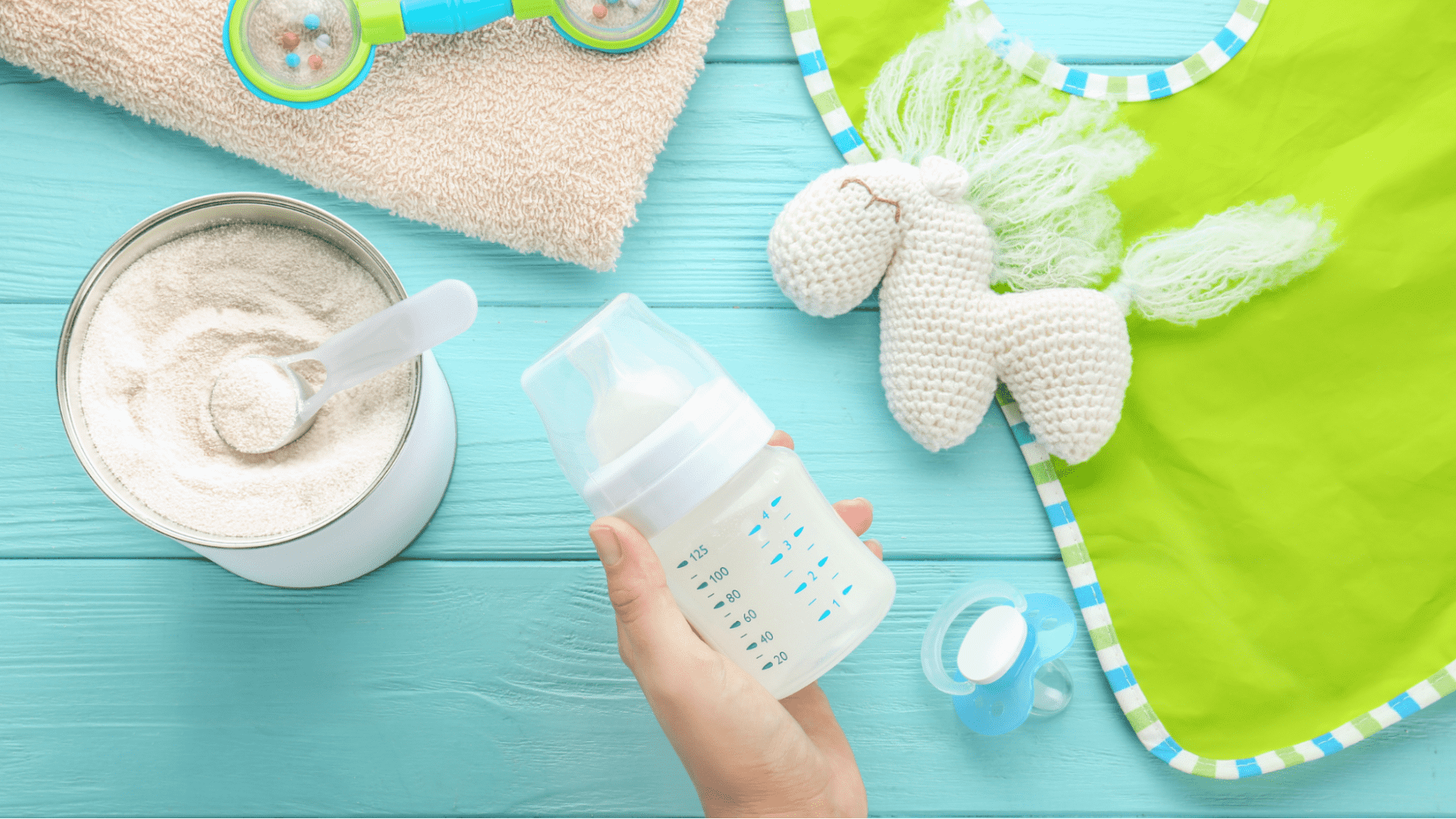
Mixing and Preparing Baby Formula: Best Practices and Safety Tips
🍼 OBF24™ BLOG
This is an extremely important question. But don't worry, the preparation of the formula is simple and quick: Clean bottle, teat and ring in boiling water for 3 - 5 minutes before use. Boil water freshly before each meal and allow to cool down to about 50°C / 122°F Fill approximately half of the boiled water into the cleaned bottle. Use the measuring spoon provided and according to the instructions, add the correct number of scoops. Each spoon should be filled flat and not heaping. Close the bottle tightly shake until all the powder has completely dissolved. Add remaining water and shake lightly again until the solution is evenly distributed and diluted. Allow to cool down (hold the bottle under cold running water or in the refrigerator) to approximately 37°C / 98.6°F before feeding. To prevent burns, test the formula on your forearm to ensure that it is not too hot. Feed immediately. Extra Tips: Only use the scoop provided in the pack. Do not make feeds weaker or stronger than indicated by adding extra water/scoops, and do not add anything else to milk feeds. For hygiene, always freshly prepare feeds and do not prepare in advance. Use feeds immediately, and discard leftovers at the end of the feed. Bottles at room temperature should be used within 2 hours. Bottles in a cooler with ice or a cold pack should be used within 4 hours. Bottles in the fridge should be used within 24 hours. Do not heat feed in a microwave as hot spots may occur, which could cause scalding. All open formulas should be used within 21 days. All sealed formulas should be used by the expiration date on the box.
Wash Your Hands: Always wash your hands thoroughly with soap and water before handling baby formula or any feeding equipment.
Sterilize Equipment: Before first use, sterilize bottles, nipples, and any other feeding equipment in boiling water or a sterilizer. After that, regular washing with hot, soapy water is sufficient.
Use Safe Water: If using powdered formula, the water you use must be safe. Use either tap water that has been boiled and cooled (for babies over 3 months old) or bottled water that is specifically labeled as suitable for infant formula preparation. If your baby is younger than 3 months, it's best to use boiled and cooled tap water for mixing.
Follow Mixing Instructions: Always follow the manufacturer's instructions on the formula container for the correct water-to-powder ratio. Adding too much or too little formula can affect your baby's nutrition.
Mix Gently: After adding the formula powder to the water, cap the bottle and gently swirl or shake it until the powder is completely dissolved. Vigorous shaking can create air bubbles that may lead to gas or discomfort for your baby.
Check Temperature: Test the temperature of the formula by putting a few drops on the inside of your wrist before feeding your baby. It should feel warm, not hot.
Feed Promptly: Prepare the formula just before feeding time. It is not safe to prepare large quantities in advance, as harmful bacteria can grow rapidly.
Discard Unused Formula: If your baby doesn't finish a bottle within an hour after starting the feeding, discard the remaining formula. Bacteria can multiply quickly once your baby's mouth touches the nipple.
Refrigerate Prepared Formula: If you need to prepare formula in advance for one feed, refrigerate it immediately, and use it within 24 hours. Reheat refrigerated formula by placing the bottle in a container of warm water and gently swirling until it reaches the desired temperature.
Do Not Microwave: Avoid microwaving formula as it can create hotspots, leading to burns in your baby's mouth. Uneven heating may also cause some parts of the formula to be too hot while others remain cold.
Clean and Store Equipment: After each use, wash bottles, nipples, and other feeding equipment with hot, soapy water, and rinse thoroughly. Allow them to air dry or use a clean, dry cloth. Store the equipment in a clean, covered container.
Switch to Cow's Milk at the Right Time: Consult your pediatrician about when to transition your baby from formula to cow's milk. This is typically done after the age of one.
Remember, if you have any doubts or questions about mixing and preparing formula, consult your pediatrician or a healthcare professional for personalized guidance.

